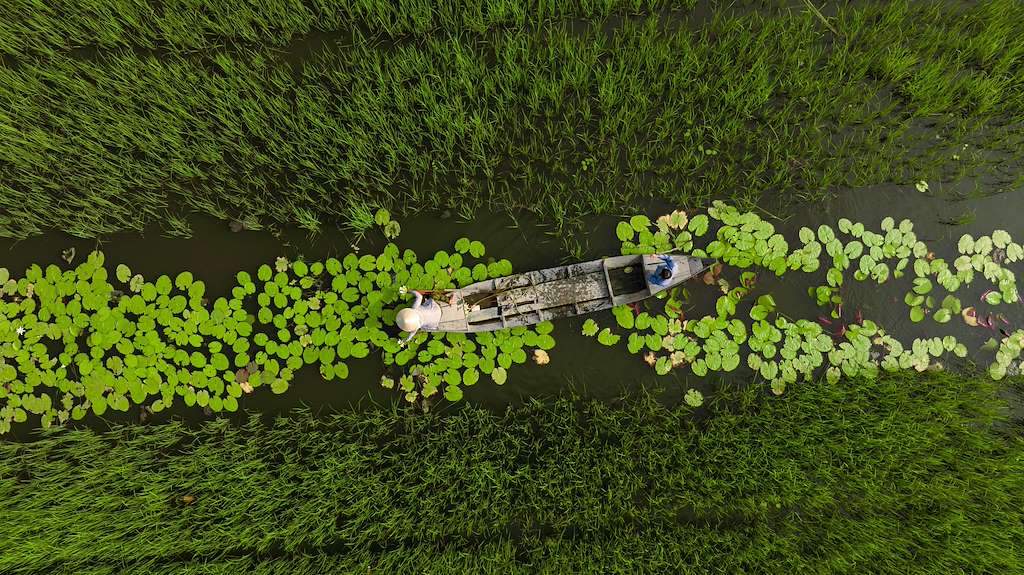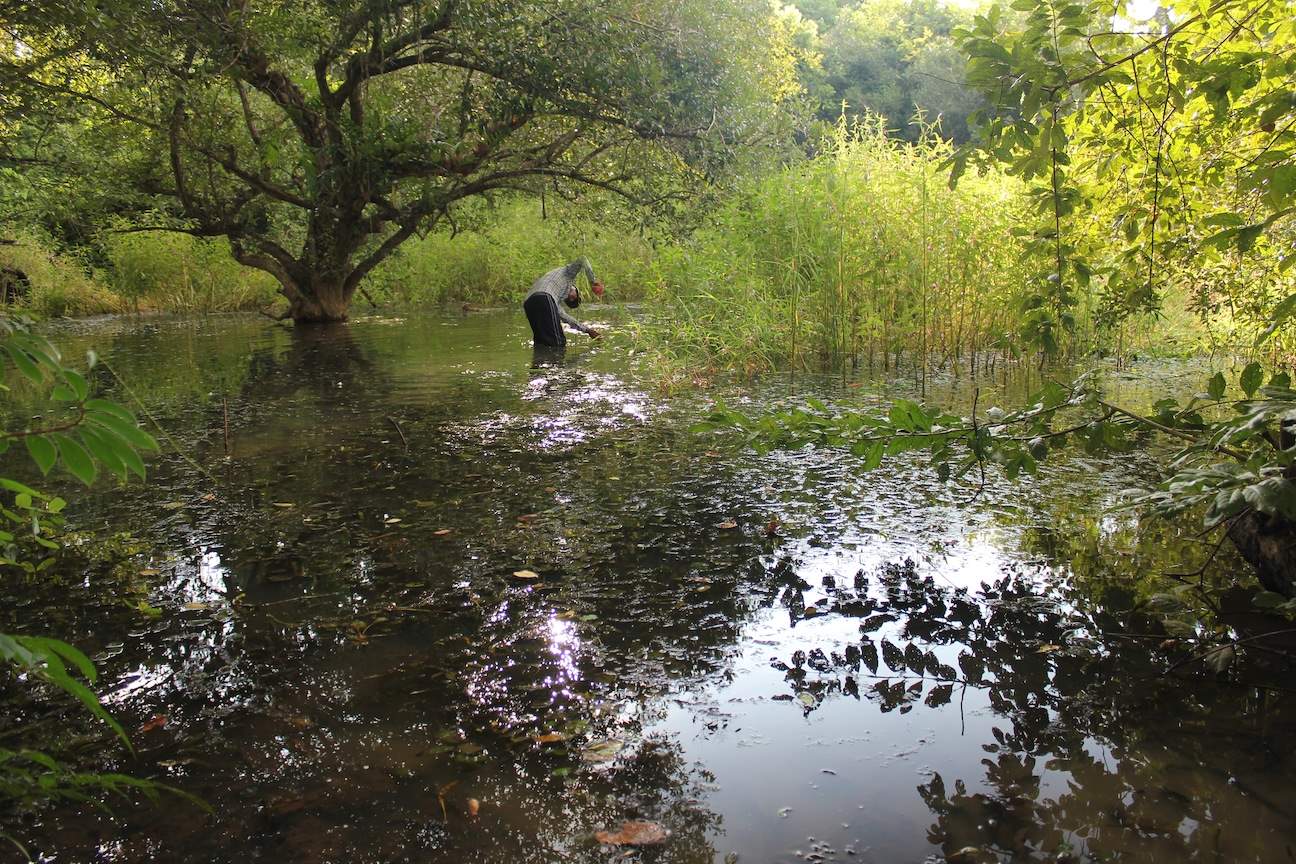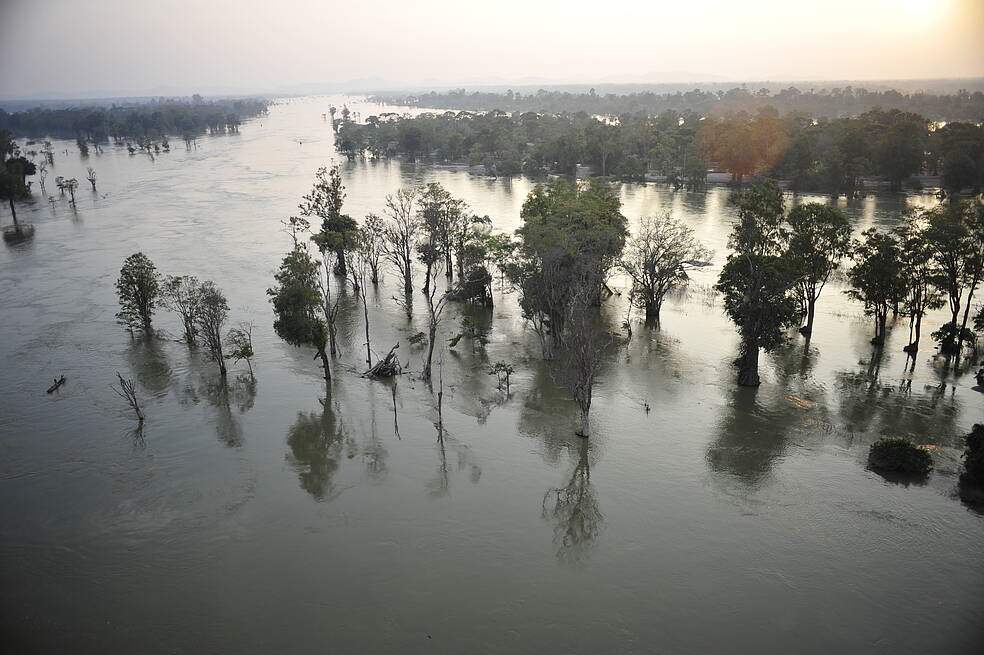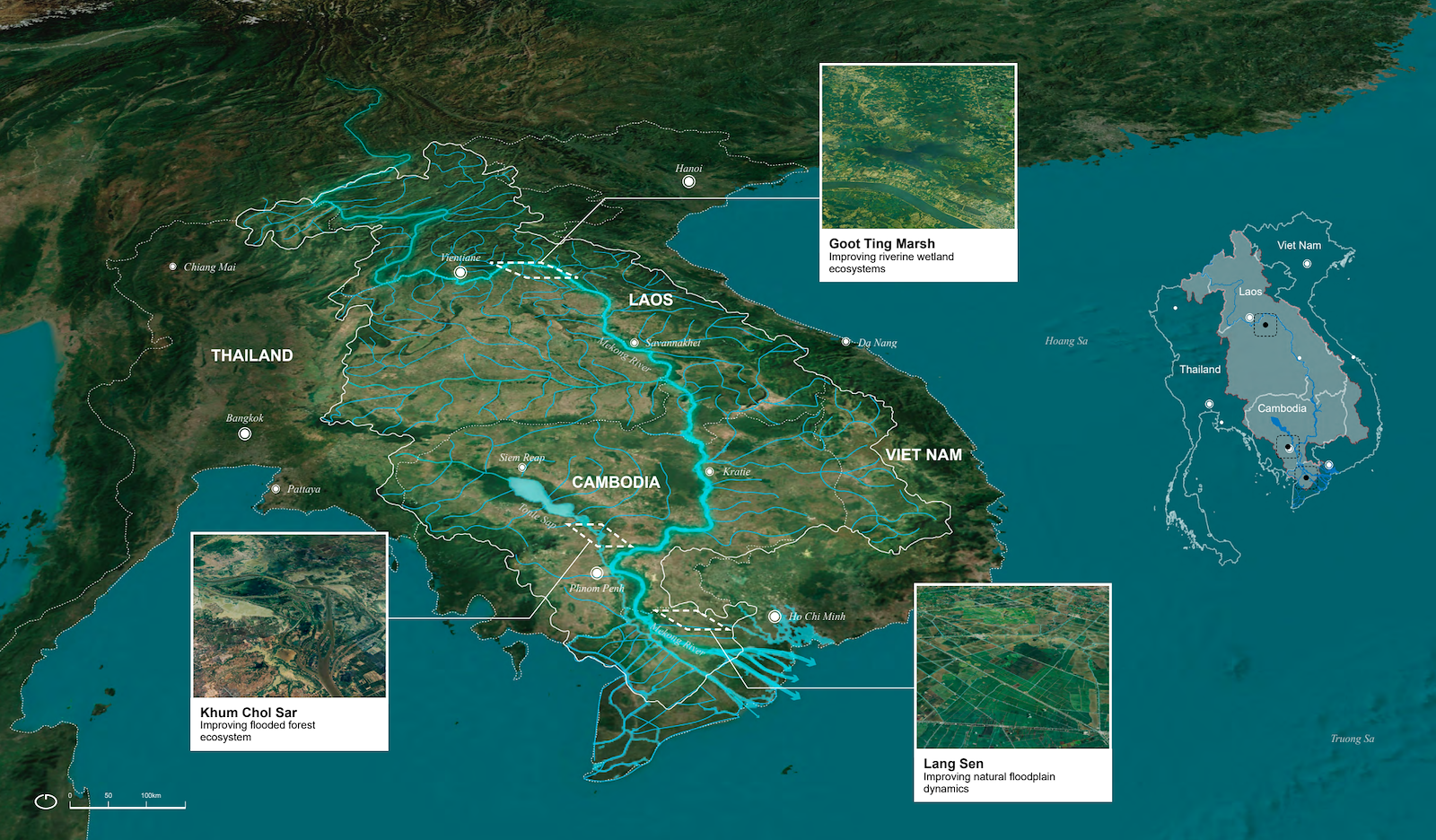Conclusion
From this overview, it is clear that the most effective solution to pursue is reconnecting river channels with floodplains. However, it is crucial to understand what caused their disconnection, such as embankments, reduced sediment supply, increased incision of the main river bed, and the impact of hydropower dams, which reduce peak flows and increase base flows. This disconnection has led to the loss of floodplains, wetlands, and flooded forests. These areas are disappearing, and their quality is deteriorating due to a lack of proper hydrological and biological conditions. Understanding this system highlights why we need to appreciate floods and sediments instead of considering them problems that need fixing.
The implementation of reconnecting solutions varies significantly between regions with low human population and limited environmental changes, such as the vast plains of Cambodia, and areas with high human population and intense land use, like the Vietnam Mekong delta where natural processes have been completely disrupted. In the latter, business plans should include the benefits of floods and sediment. In traditional Khmer culture, average floods were viewed positively, while both low and high floods were seen negatively. Farming practices could be adapted to work with floods and sediment, using the floods as a natural irrigation method. By creating human-made openings in natural levees, farmers can control the flow of sediment into the fields, enhancing soil texture and nutrient content suited to specific crops. This could result in high yields with minimal use of fertilizers and pesticides, thus reducing labor and input costs. Reviving and modernizing these lost practices could have significant positive impacts on production resilience and overall system resilience.
© WWF-Viet Nam

Improving floodplain dynamics
© MekongFishNetwork

Improving riverine wetland ecosystems
© WWF

Improving flooded forest ecosystem

Overview map of the selected case studies